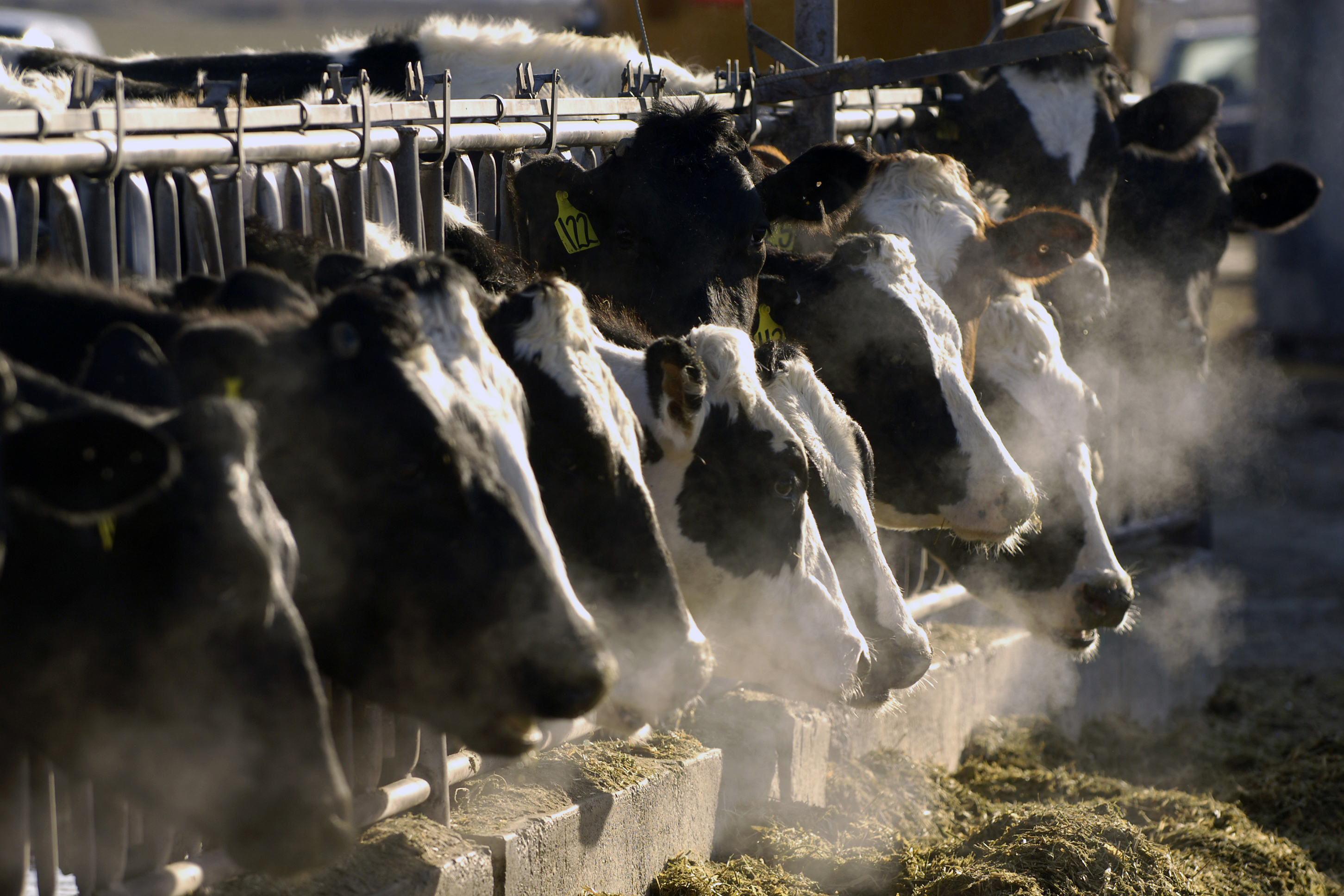Dairy cattle moving between states must be tested for the bird flu virus, U.S. agriculture officials said Wednesday as they try to track and control the growing outbreak.
The federal order was announced one day after health officials said they had detected inactivated remnants of the virus, known as Type A H5N1, in samples taken from milk during processing and from store shelves. They stressed that such remnants pose no known risk to people or the milk supply.
“The risk to humans remains low,” said Dawn O'Connell of the federal Administration for Strategic Preparedness and Response.
The new order, which goes into effect Monday, requires every lactating cow to be tested and post a negative result before moving to a new state. It will help the agency understand how the virus is spreading, said Michael Watson, an administrator with the U.S. Department of Agriculture's Animal and Plant Health Inspection Service.
“We believe we can do tens of thousands of tests a day,” he told reporters.
Until now, testing had been done voluntarily and only in cows with symptoms.
Avian influenza was first detected in dairy cows in March and has been found in nearly three dozen herds in eight states, according to USDA.
It's an escalation of an ongoing outbreak of highly pathogenic avian influenza spread by wild birds. Since the start of the outbreak, more than 90 million birds in U.S. commercial flocks have either died from the virus or been killed to try to prevent spread.
Get a weekly recap of the latest San Francisco Bay Area housing news. >Sign up for NBC Bay Area’s Housing Deconstructed newsletter.
Two people in the U.S. — both farmworkers — have been infected with bird flu since the outbreak began. Health officials said 23 people have been tested for bird flu to date and 44 people exposed to infected animals are being monitored.
Officials said that samples from a cow in Kansas showed that the virus could be adapting to more animals and they detected H5N1 virus in the lung tissue of a dairy cow that had been culled and sent to slaughter.
So far, officials with the Centers for Disease Control and Prevention have seen no signs that the virus is changing to be more transmissible to people.



